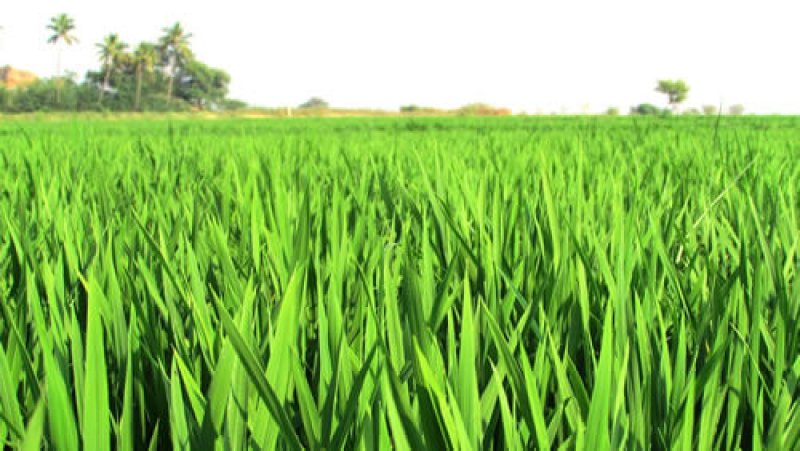Since the millennium rolled over 20 years ago, the pace of genetic discovery has only accelerated. Nobody could have predicted how far our technology would advance. However, in some cases, good technology has stalled due to politics and pushback. Here are some things you might expect to see in 2020:
…
Gene editing is the process by which scientists create a custom change in DNA …. This innovation allows scientists to engineer traits in crops with great speed compared to standard breeding techniques. Traits are created one at a time, rather than by moving a good trait by breeding.
…
Gene editing is sometimes known by its technical acronym names (CRISPR, TALEN, etc.). It has only been widely used in crop plants for a few years. New designer plants have been evaluated in laboratories and field trials, and now will reach the farmers’ fields for full-scale production.
…
Some improved crop varieties are already in the field, including high-oil soybean and herbicide-resistant canola. In 2020, more herbicide-resistant crops will allow sulfonylurea-based weed control strategies that may be used alone or in rotation with glyphosate-based herbicides. There will be new crops with improved yields, disease resistance, better postharvest quality and drought tolerance.































